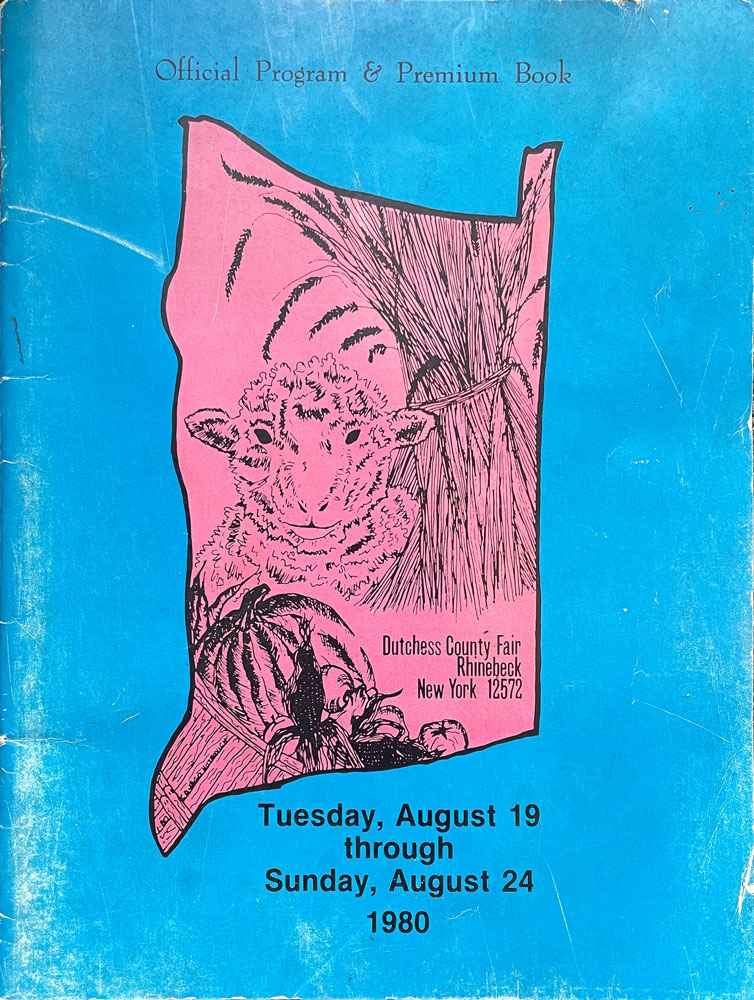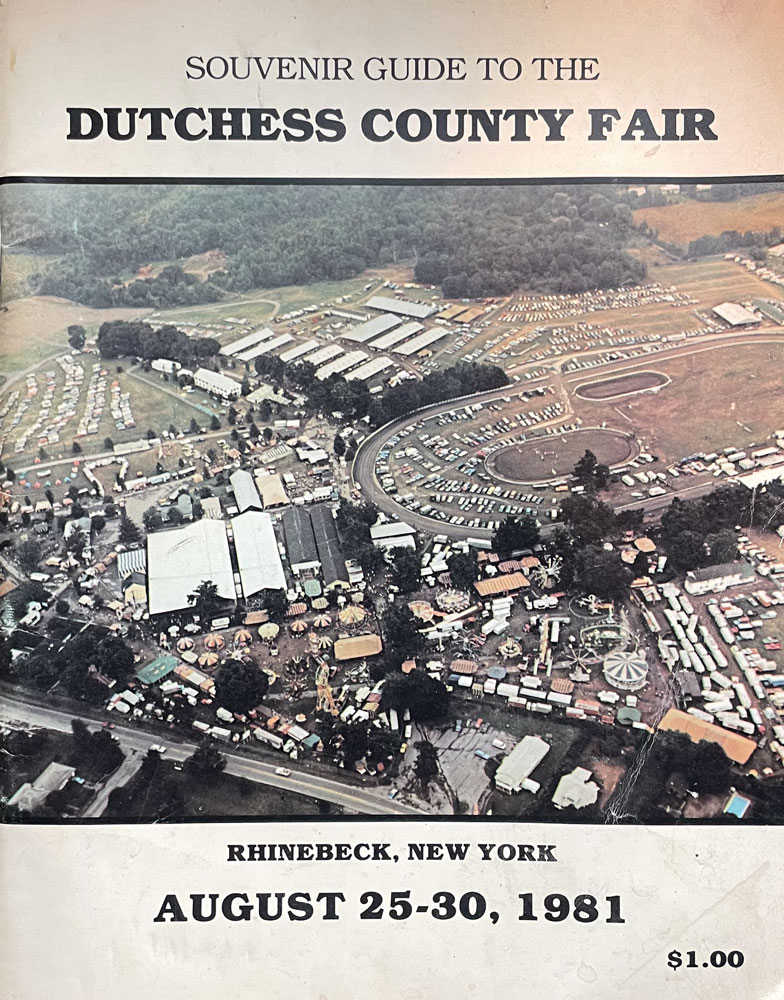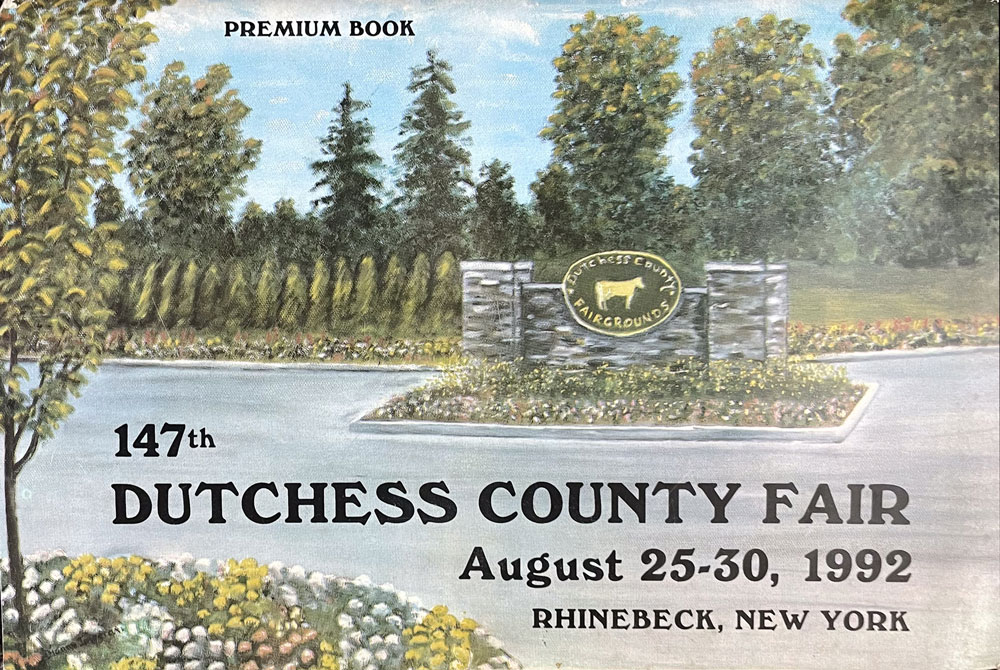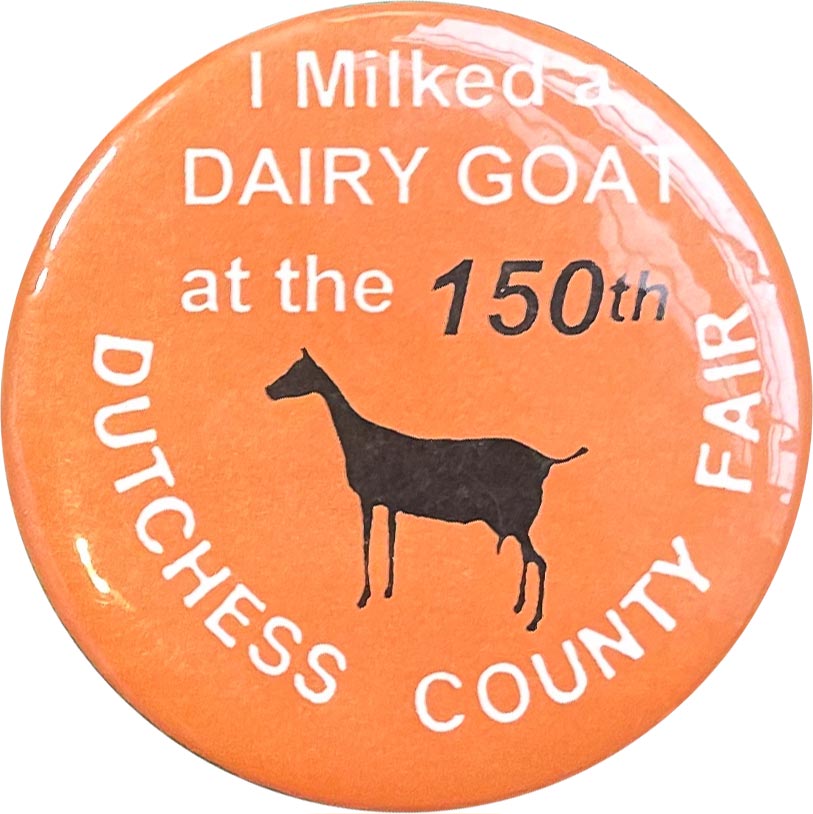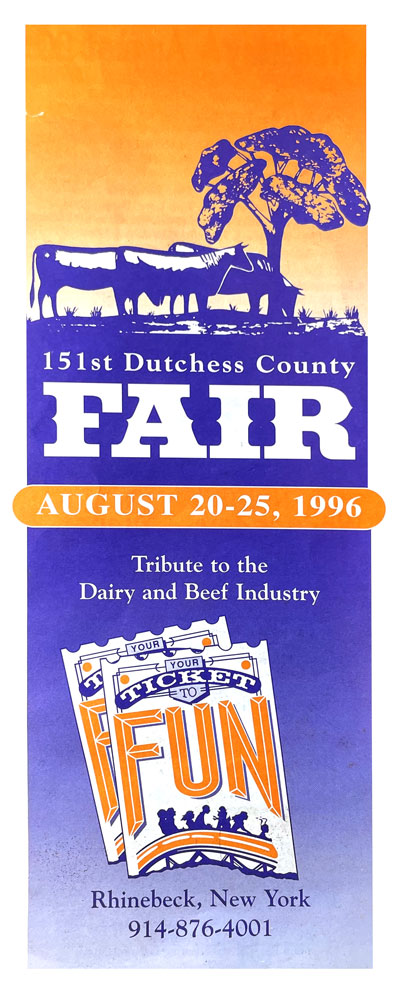Dutchess County Fair History
Experience a True Classic
The Dutchess County Agricultural Society was formed in 1841 on a $157.00 grant from the New York State Legislature. The Society’s purpose was “to continue the development of agriculture, household manufactured items, and domestic produce.” Ever since then the fair has been a Hudson Valley institution, providing a stable source of fun and community connection.
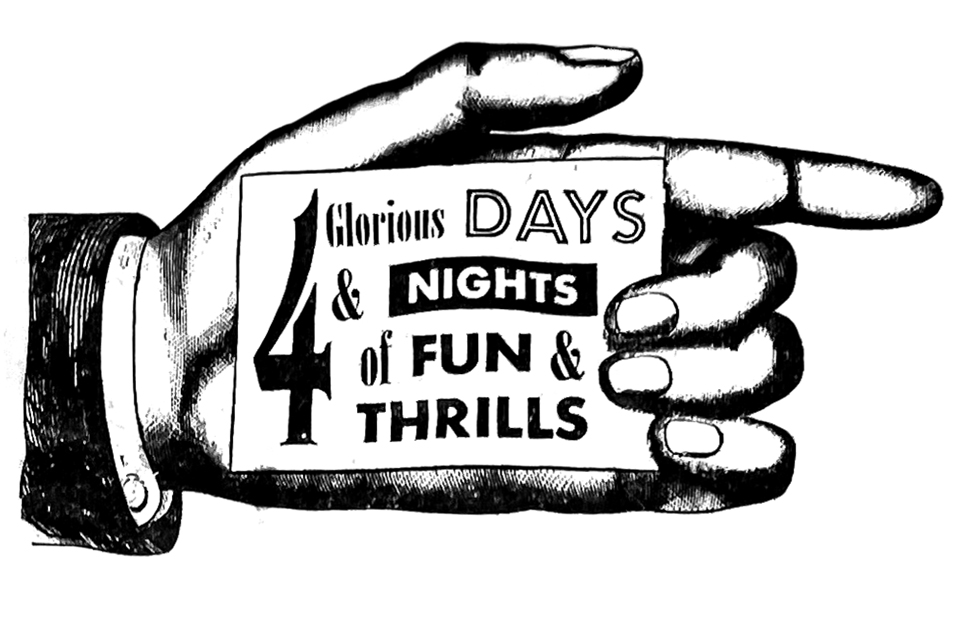
When the first official Dutchess County Fair was held at Emigh’s Hotel in Washington Hollow on October 5 and 6, 1842, there were only 27 states in the Union.
It was a humble affair, with livestock on display in a field behind the hotel and a large table for displaying prize fruits and vegetables.
In the early years, the fair bounced between Washington Hollow and Poughkeepsie until 1852, when the society leased seven acres in Washington Hollow from a Mr. Tomlinson. An octagonal exhibition hall was built at this location, but it was not destined to be The Fair’s permanent home and the NYS Police Troop K Barracks now sit where the old fairgrounds used to be.
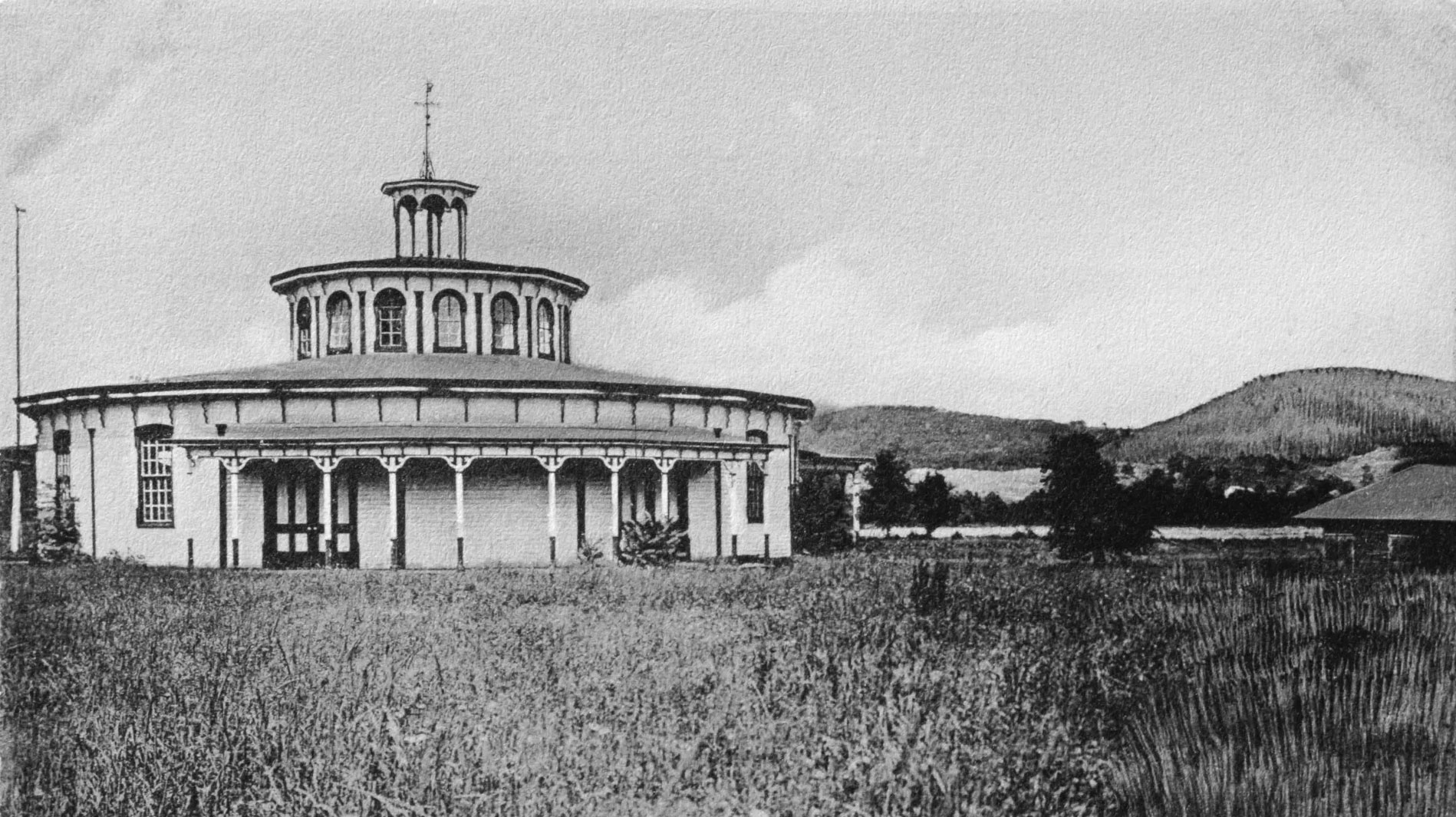
From 1888 until 1918 the fair was held in Poughkeepsie. On September 29, 1910, former President and New York Governor Teddy Roosevelt spoke before a crowd of 30,000+ at this location, addressing the concerns of the Hudson Valley farming community.
While located in Poughkeepsie, the fair became known for side-show acts and death-defying stunts. After the Wright brothers first achieved flight in 1903, air shows became part of the entertainment, along with a show called Fearless Greggs and the Ride of Death, which was an early version of the “Globe of Death” motorcycle stunt.
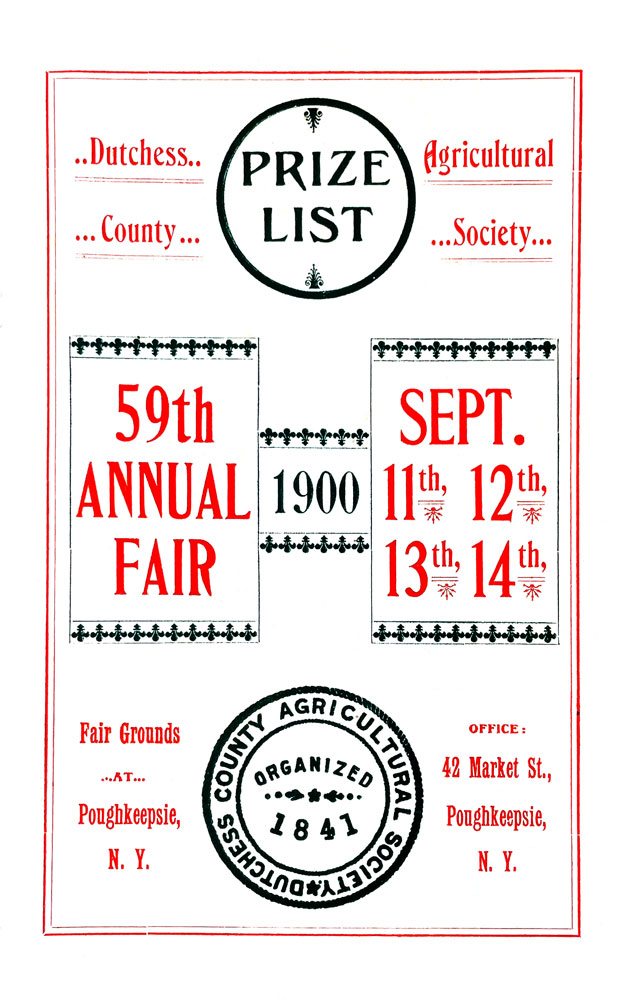
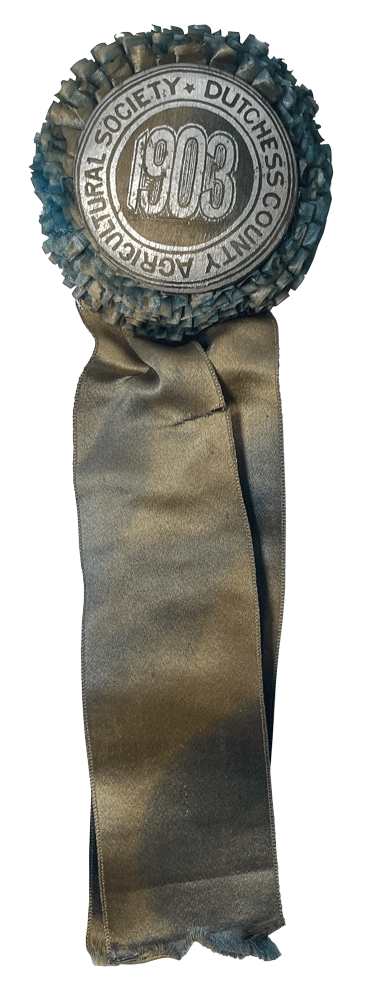
The DCAS recognized local agricultural achievements.
By the early 1900s, the fair had suffered considerable financial challenges, leading to the cancellation of the 1916 fair. In 1917, with the United States entering World War I, many men were called away from farm life to serve their county, and county fairs were not a top priority. The DCAS’ financial woes prevented it from being able to pre-pay for the 1918 site rental fee so there was no 1918 Fair, and the DCAS was in danger of losing it’s charter.
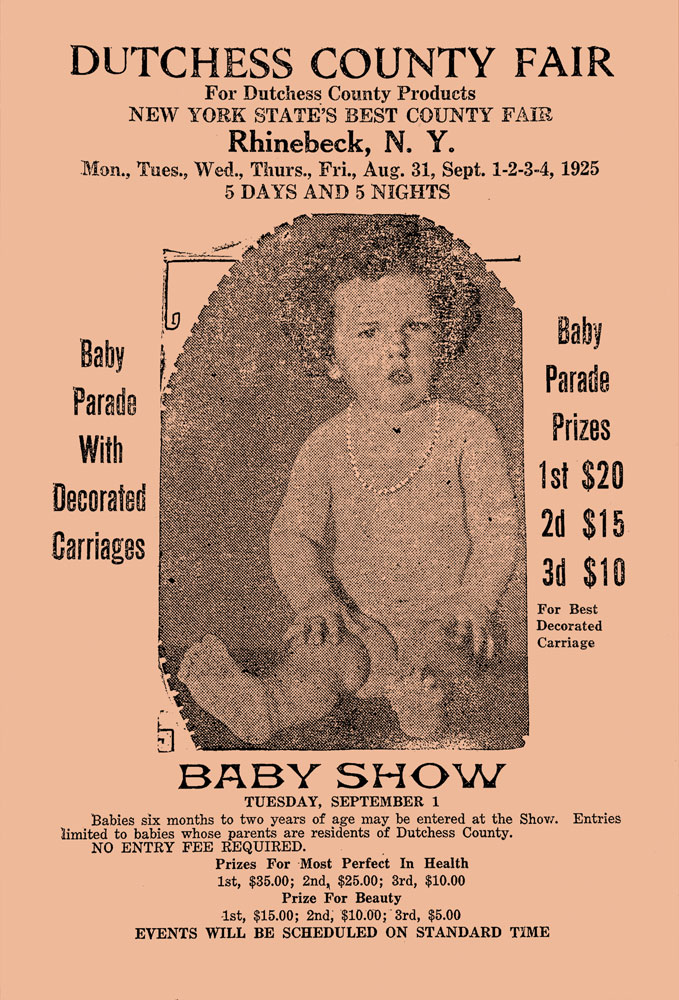
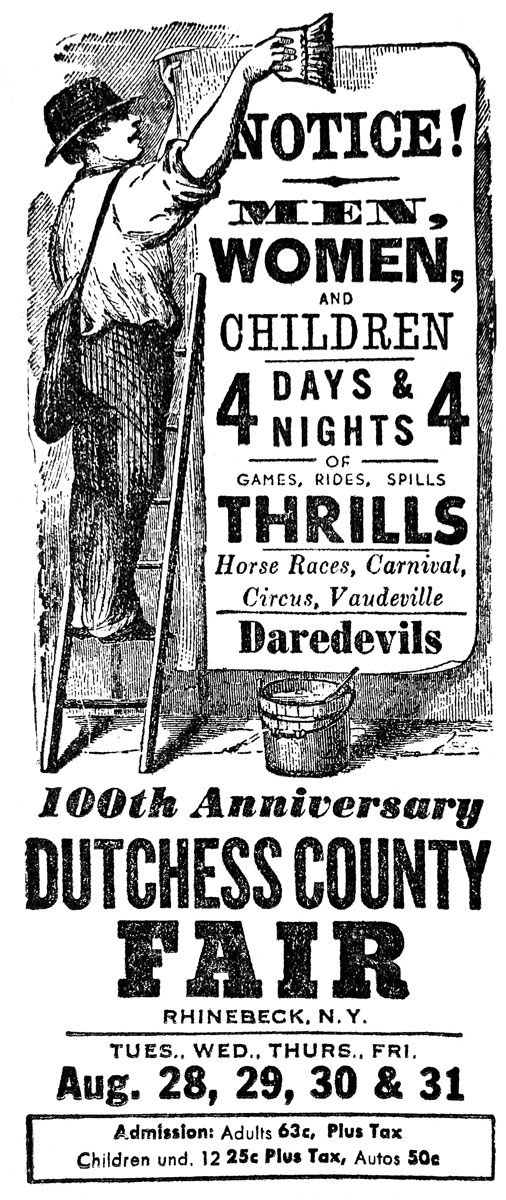

Some early Advertisements for the fair
In 1919, with the future of The Dutchess County Fair very much in doubt, a group of Rhinebeck-based businessmen made a bid to bring the fair to Rhinebeck. Having already acquired some land, they leased additional acreage until they accumulated enough space to host The Fair and dubbed the new location The Springbrook Driving Park. The Wooden Grandstands constructed for the Washington Hollow location were moved to the new grounds, which would eventually be re-named the Dutchess County Fairgrounds and become The Fair’s permanent home.
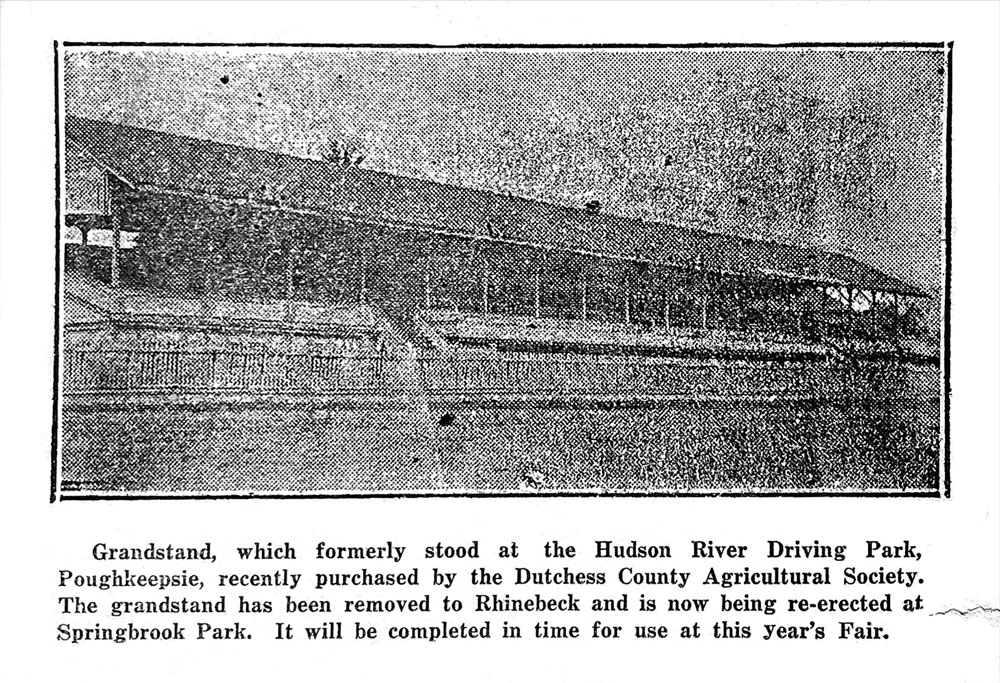
The new, Rhinebeck-based Dutchess County Fair was an immediate success. In particular, the 1920 Fair was bigger and better than any before, with 90,000 square feet of tents, featuring vendors of all kinds. A prize cabbage at the 1920 Fair weighed in at 28 pounds!
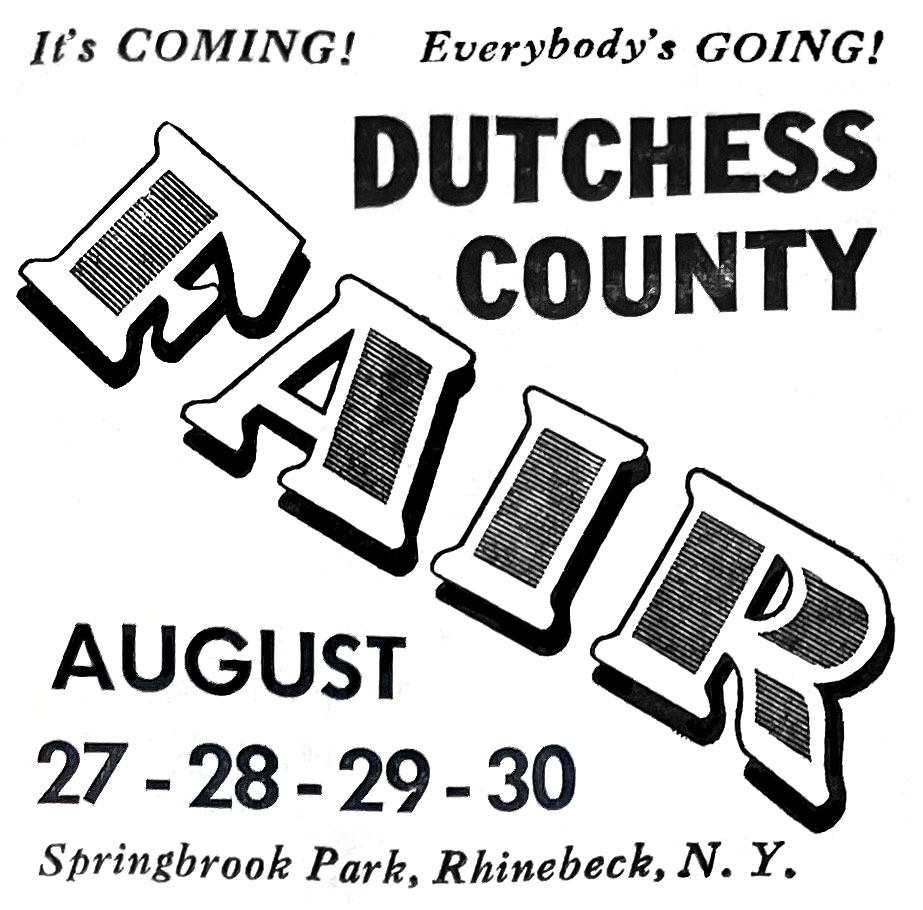
The Dutchess County 4-H Program was established in 1925 and quickly became an intergral part of the fair, connecting it to its roots and providing a way to keep young people involved in agriculture even as the farming industry began to fade in the Northeast.
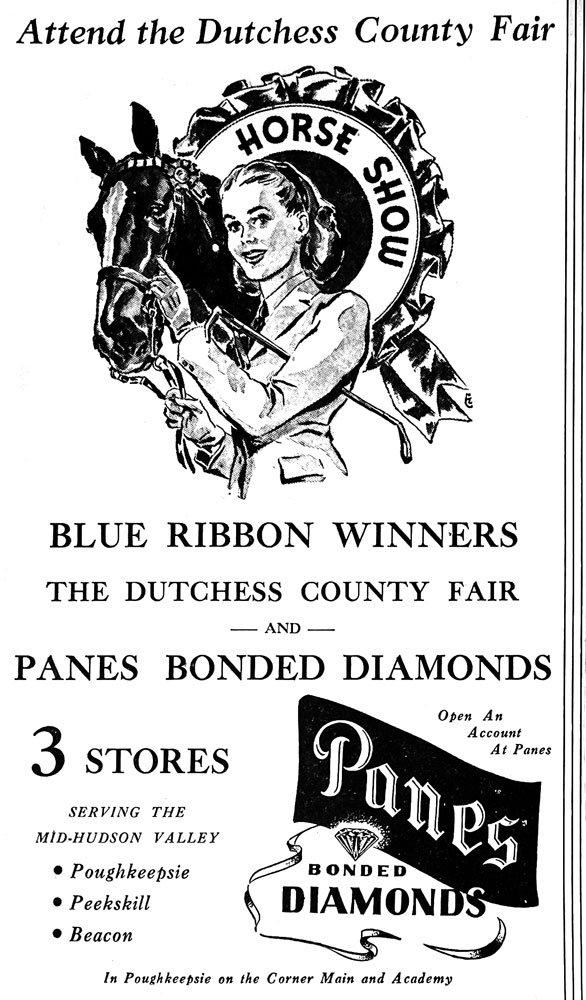
The Fair once again faced some financial difficulties due to intense rain and flooding in 1927 and 1928, and then The Great Depression took its toll.
But Fair Manager Benson Frost was determined to keep the Fair alive, and enlisted the help of an influential friend named Franklin Delano Roosevelt, a Hyde Park resident and fan of the Dutchess County Fair. An avid horse show enthusiast, FDR established The President’s Cup in 1933, which was awarded to the best horse or pony in the Fair’s horse show. This helped draw interest in the Dutchess County Fair from outside the area.
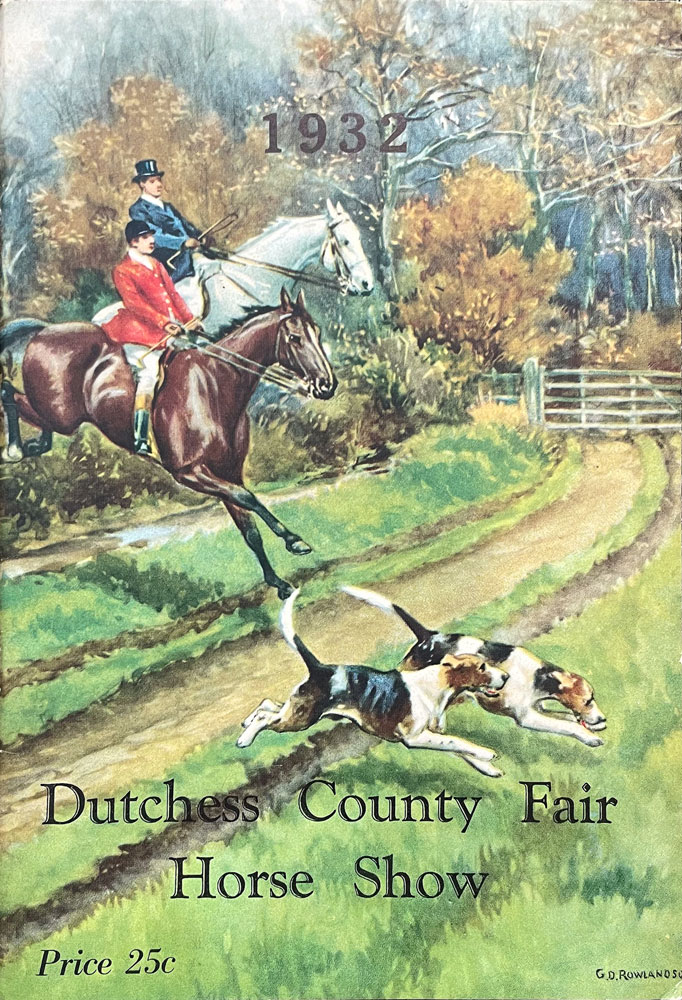
After the bombing of Pearl Harbor, the United States entered World War II in 1941, and so there was no Dutchess County Fair in 1942. Abbreviated versions of The Fair were held in 1943 and 1944, but wartime rationing rendered the traditional fun and celebration of county fairs impossible.
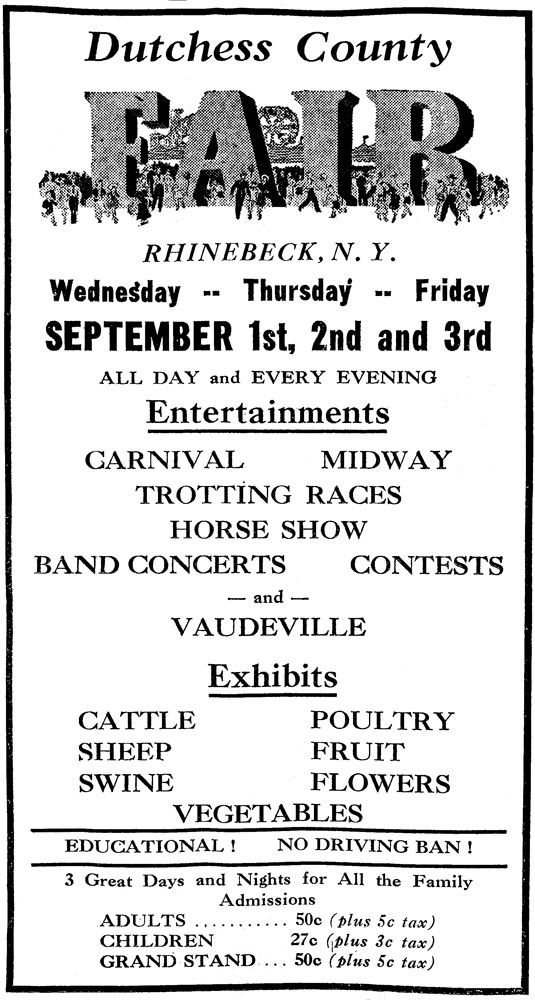
When WWII ended in 1945, rationing ended as well, and Hudson Valley residents were eager to celebrate! The 1945 Dutchess County Fair, billed as the biggest ever, marked the 100th Anniversary. There were over 1,000 submissions in the homemaking categories, and the midway included stunt rider Eddie Hirst riding a motorcycle through a ring of fire, two Ferris wheels, a trained bear show, and more.
The post-war years were prosperous in the Hudson Valley, and IBM opened it’s first plant, soon manufacturing the first electric typewriters. The Fairgrounds were developed further, with new buildings and expanded exhibits and shows. Fair Manager Benson Frost invited exhibitors from all over the world, building the Fair’s profile.

Local radio personality Raphael Mark started a talent showcase at the 1964 Dutchess County Fair that featured an unknown singer/songwriter named Don McLean who would go on to great success with songs including the 1971 hit “American Pie”.
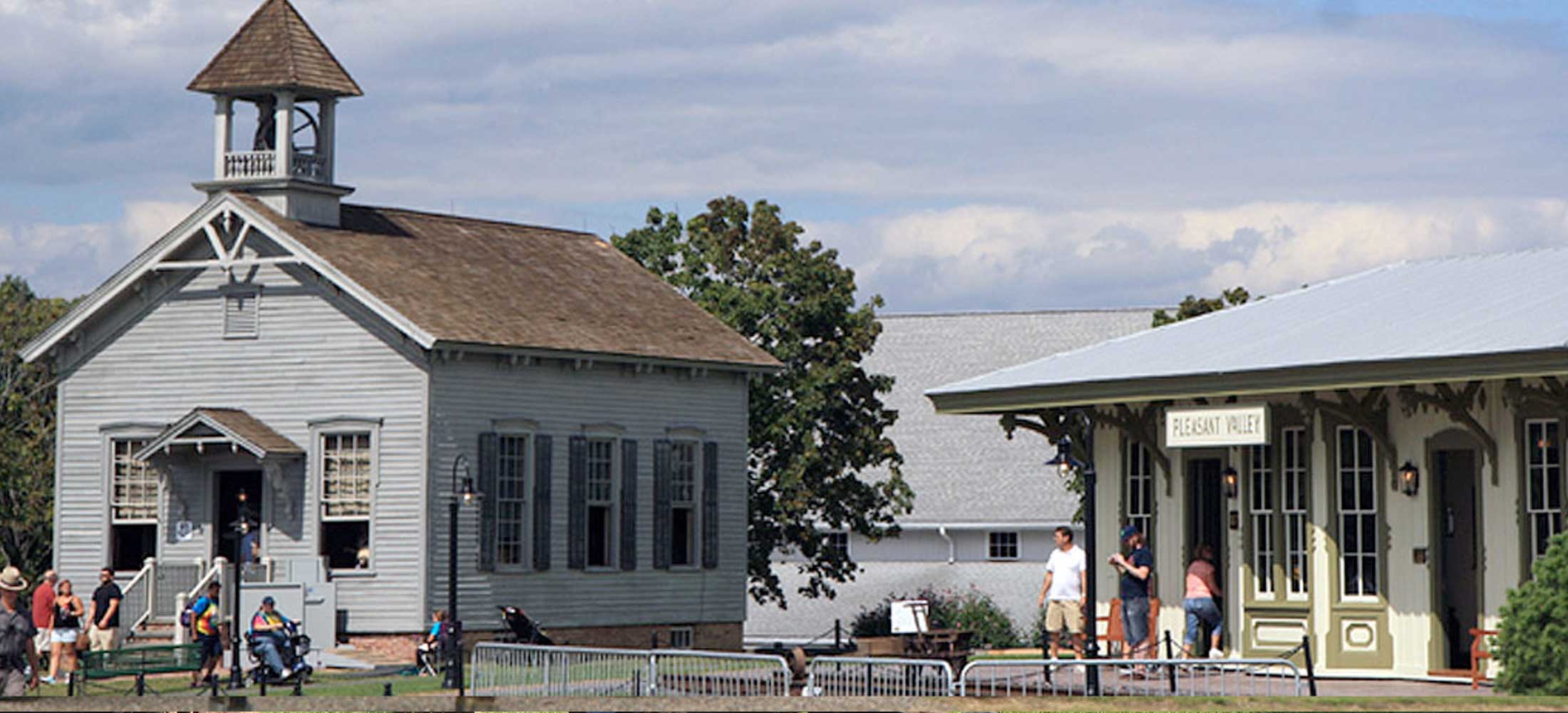
In 2004, Fair Secretary/Manager Tom Odak decided a one-room schoolhouse would be a fitting addition to the Fairgrounds. He eventually tracked down a schoolhouse in Pine Plains that had been erected in 1881 but abandoned in the 1940’s. After transporting it to the foregrounds and giving it some tender loving care to restore it to its former glory, the schoolhouse became a charming aspect of the Fairgrounds landscape.
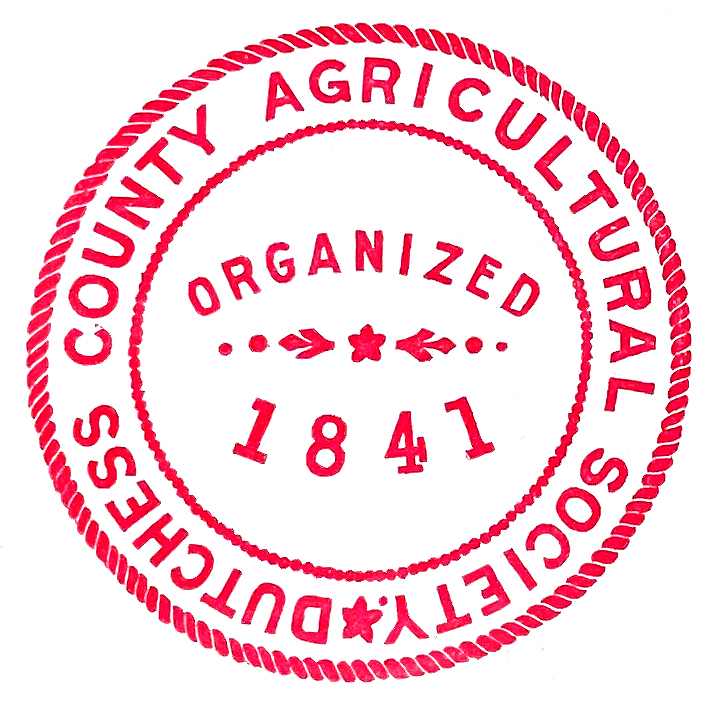
The Dutchess County Agricultural Society is founded.
The first fair is held in Washington Hollow
The Second Fair is held in Poughkeepsie
The Fair alternates between Poughkeepsie and Washington Hollow
The Society leases 7 acres of land in Washington Hollow where the fair is held until 1888.
A Wooden Grandstand and a 1/2 mile race track for horses is built
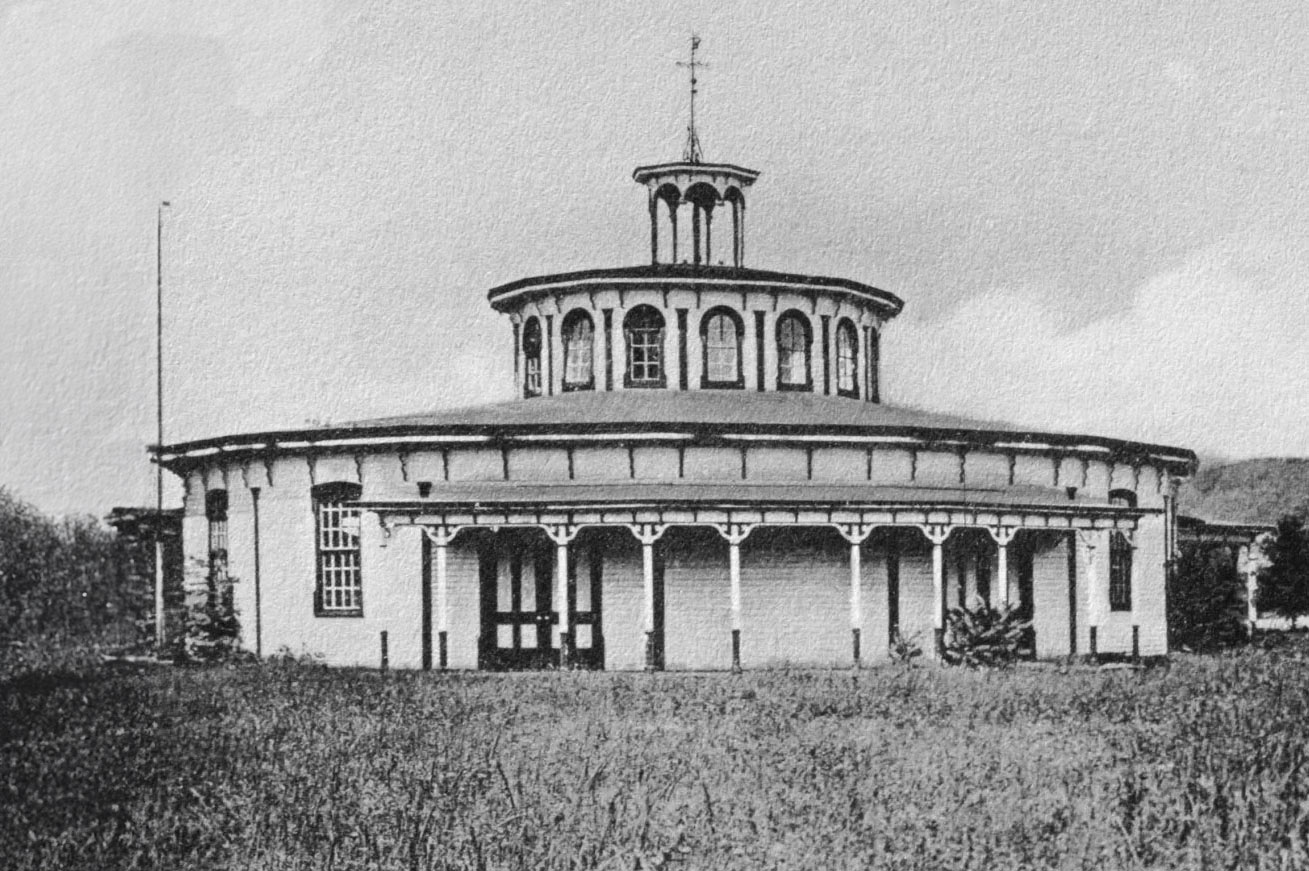
An octagonal exhibit hall is built.
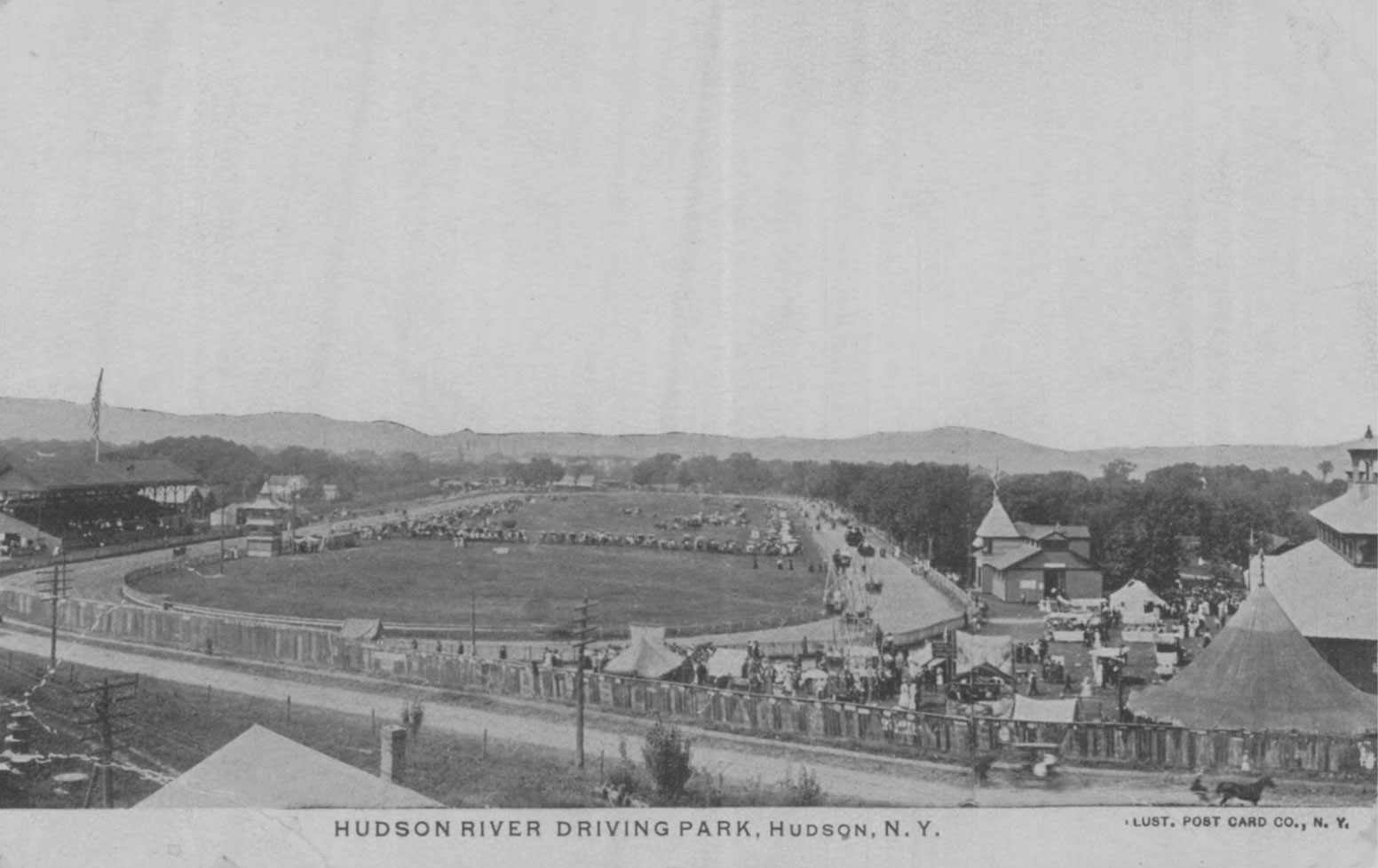
The fair moves to the Hudson River Driving Park in Poughkeepsie.
With WWI underway, this year's fair was cancelled.
Rhinebeck Realty Company reorganizes the society and moves the fair to Springbrook Park in Rhinebeck.
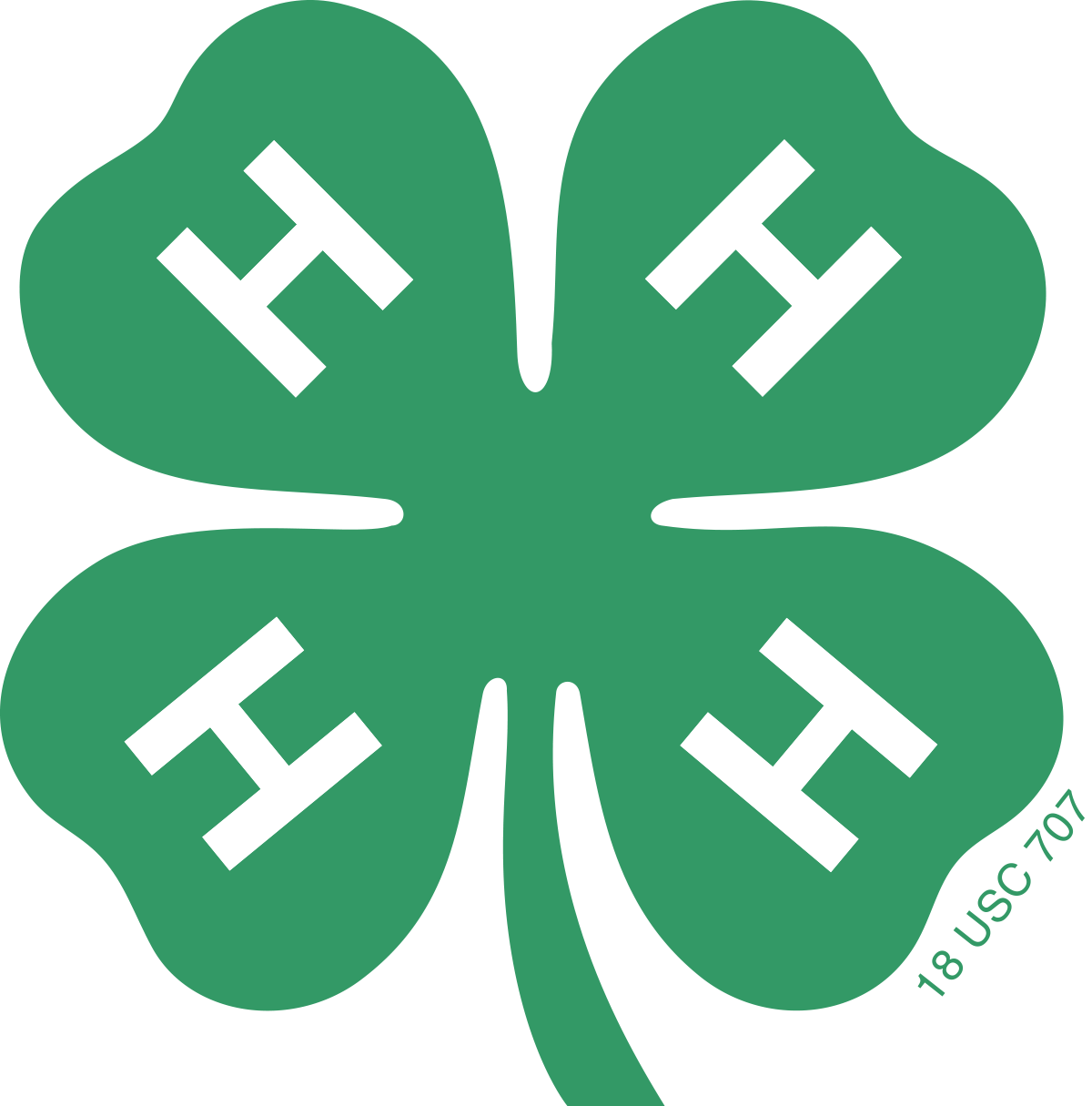
The Dutchess County
4-H is established
Poughkeepsie merchants finance the construction of two large exhibit buildings. The grandstand and judging booth from the Washington Hollow site are relocated to Rhinebeck.

Governor Dewey, a resident of Pawling, attends the fair annually on Governor's Day.
No fair is held as WWII is underway.
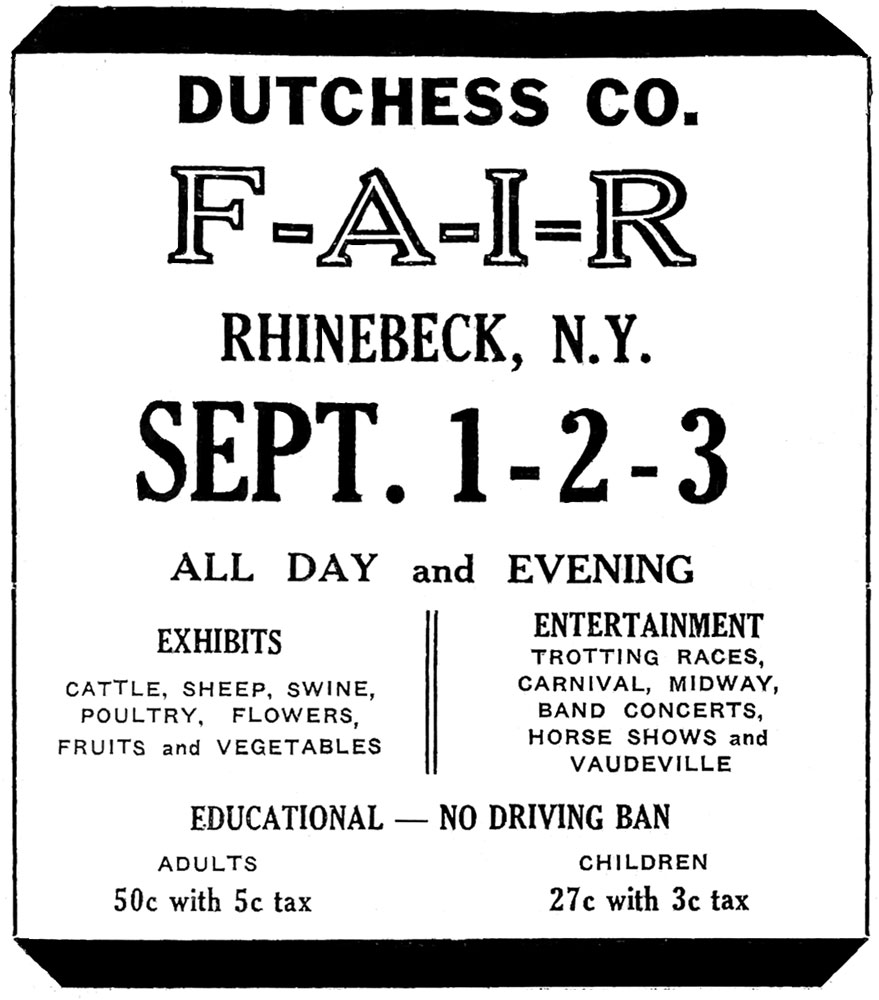
Springbrook Park is bought outright by the Society and renamed Dutchess County Fairgrounds
Raphael Mark begins "Raphael's Talent Search" singer-songwriter Don McLean, known for his hits "American Pie" and "Vincent" wins the first competition.
New grandstands and stage built
Arts and crafts building constructed.
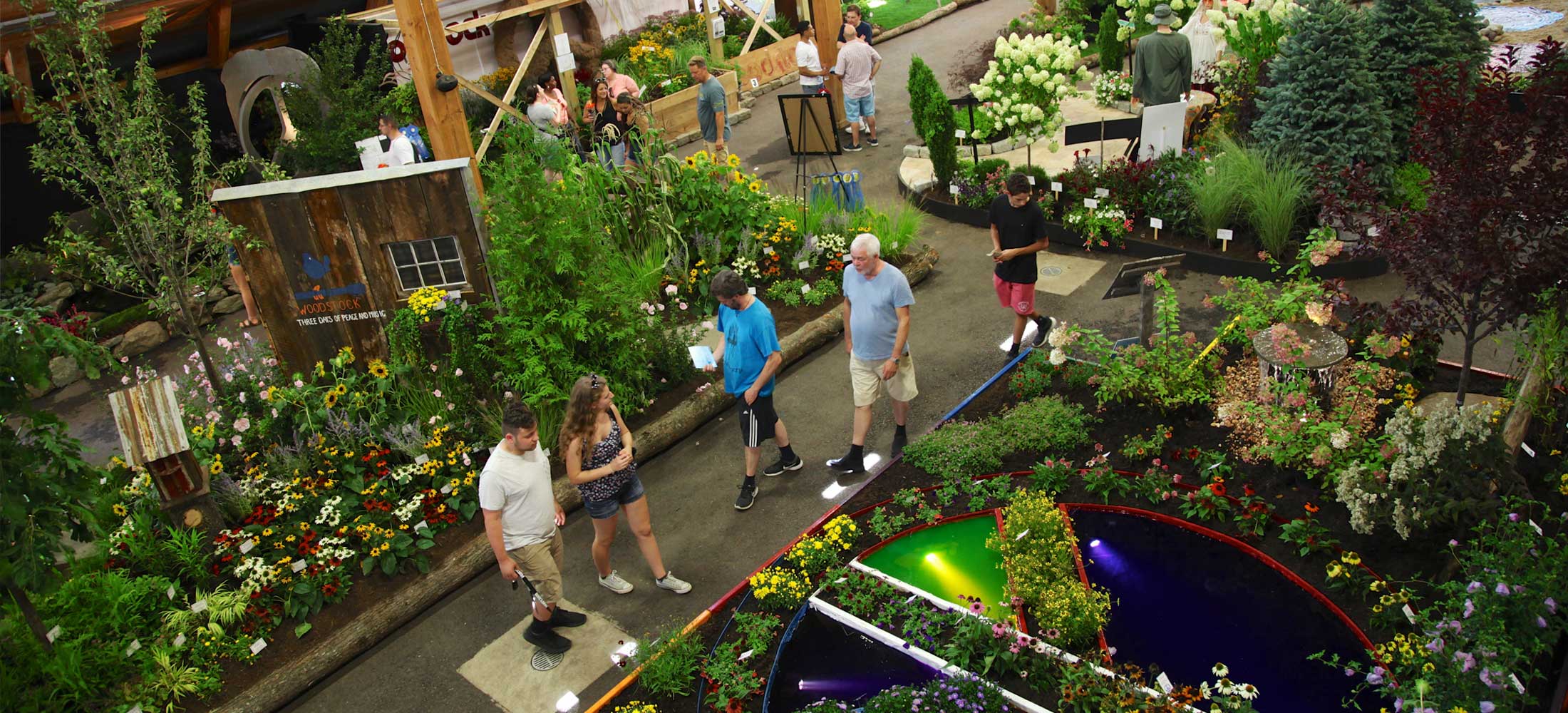
Horticulture building constructed.
Milking parlor with live demonstrations built.

Pine Plains schoolhouse relocated to the fairgrounds.
Birthing tent exhibit added.
